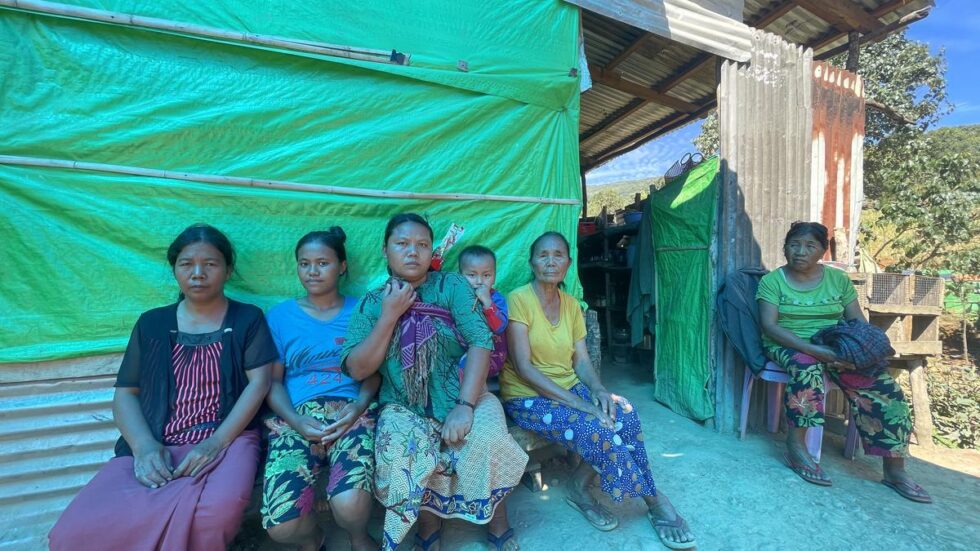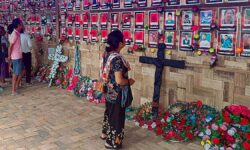
GUWAHATI
An influential civil society body in Mizoram resolved to make the State government formulate a comprehensive policy to handle more than 40,000 refugees and internally displaced persons (IDPs) taking shelter in the State since 2021.
Mizoram is currently housing more than 31,000 Chin people who fled the civil war in Myanmar, some 7,000 Kuki-Zo people displaced by the ethnic violence in Manipur, and about 2,000 Bawm refugees who fled persecution in Bangladesh’s Chittagong Hill Tracts.
Also Read | Myanmar refugees threatening security, draining resources: Mizoram activist to Amit Shah
The Chins, Kuki-Zos, and Bawms are ethnically related to the dominant Mizos of Mizoram.
Mr. Malsawmliana, the general secretary of the Central Young Mizo Association (CYMA), said the organisation held a meeting in the State’s capital Aizawl on Wednesday to review the progress made by a special committee constituted earlier to draft the refugee policy.
“After finding the current arrangements insufficient, we urged the Mizoram government to designate shelters and issue guidelines to handle and support the refugees and IDPs,” he said.
“The government has also been asked to provide a clear, compassionate, and strategic framework to manage the growing humanitarian crisis,” he added.
The CYMA’s move on a structured refugee policy follows restrictions imposed on Myanmar nationals by some villages and towns in Champhai and Lawngtlai, Mizoram’s districts bordering Myanmar.
Almost a month ago, the Farkawn village council in the Champhai district issued an order asking all Myanmar refugees to stop trading by March 31 and desist from moving out of their designated camps. Civil society groups issued similar diktats in Melthum, a village in the Aizawl district, and Lawngtlai town later.
The refugees were threatened with eviction if they did not comply with the order. This was a departure from the hospitality the Mizos extended to the refugees after the military coup in Myanmar in February 2021.
Leaders of the local units of the Young Mizo Association said they cannot ignore the sufferings of the refugees, but not at the cost of the survival of the State’s residents. They said the local traders were losing out because the refugee traders were selling their goods at a lower price.
“Mizo daily wagers have also been hit by the refugees who charge less for the same jobs,” a member of the Champhai YMA unit said.
Also Read | Cannot push back Bangladeshi refugees, Mizoram CM tells PM Modi
One of the villages feeling the competitive heat from Myanmar refugees is Champhai district’s Farkawn, which shelters some 1,500 refugees, half the local population.
The Mizoram government has also shown signs of recalibrating its stand on the refugee issue. A year after opposing the Centre’s decision to scrap the free movement regime or FMR with Myanmar, Chief Minister Lalduhoma warned the Assembly of the consequences of the agreement allowing visa-free movement for people living within 16 km on either side of the 1,653 km India-Myanmar border.
Mizoram’s share of the border with Myanmar is 510 km.






